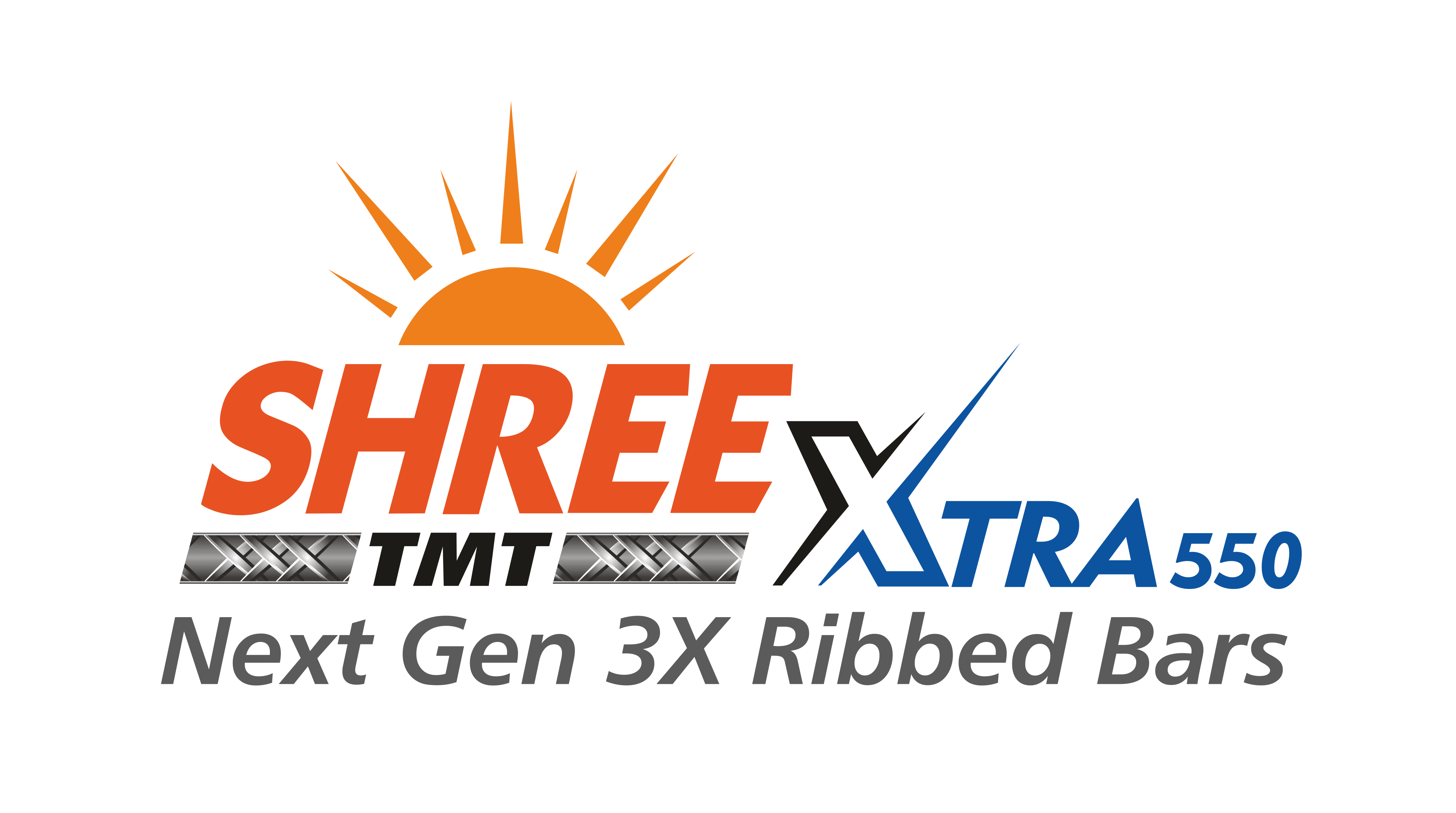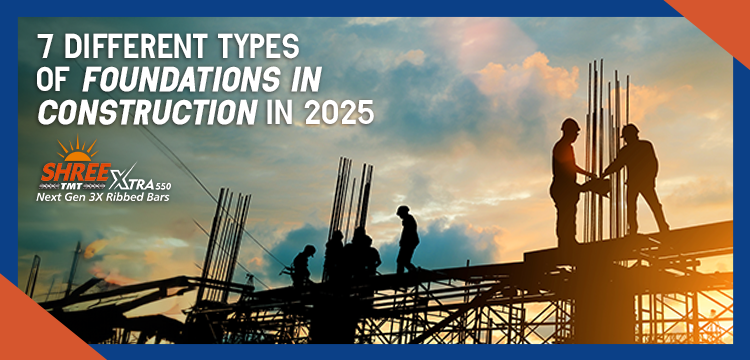7+ Different Types of Foundations in Construction in 2025
The foundation is arguably the most critical component of any construction project, serving as the backbone that transfers structural loads to the ground safely. With advancing construction technologies and evolving soil conditions, understanding the different types of foundations has become essential for builders, engineers, and property developers in 2025. Here’s a comprehensive guide to the major foundation types transforming modern construction.
1. Strip Foundations (Continuous Footings)
Strip foundations remain one of the most popular choices for residential construction. These continuous concrete strips run along the entire length of load-bearing walls, distributing weight evenly across the ground. They’re particularly effective for buildings with consistent wall loads and stable soil conditions. Modern strip foundations often incorporate reinforced steel bars for enhanced durability and load-bearing capacity.
2. Pad Foundations (Isolated Footings)
Ideal for column-based structures, pad foundations are individual concrete blocks placed under each column or structural point. These square or rectangular foundations are cost-effective for buildings with isolated loads and are commonly used in commercial and industrial construction. Their modular nature makes them adaptable to various soil conditions and building requirements.
3. Raft Foundations (Mat Foundations)
When dealing with weak soil conditions or heavy structural loads, raft foundations provide excellent solutions. These large concrete slabs extend across the entire building footprint, distributing loads over a maximum area. Raft foundations are particularly valuable for high-rise buildings, preventing differential settlement and providing superior structural stability.
4. Pile Foundations
For challenging soil conditions or heavy load requirements, pile foundations offer unmatched support. These deep foundations transfer loads to stronger soil layers or bedrock through vertical structural elements. Modern pile systems include driven piles, bored piles, and helical piles, each suited for specific ground conditions and load requirements.
5. Combined Footings
When individual pad foundations aren’t practical due to space constraints or property boundaries, combined footings support multiple columns through a single foundation element. These rectangular or trapezoidal foundations optimize space utilization while maintaining structural integrity, making them popular in urban construction projects.
6. Cantilever Footings (Strap Footings)
Cantilever footings connect an exterior column foundation to an interior one using a connecting beam or strap. This design prevents the exterior footing from extending beyond property lines while ensuring proper load distribution. They’re essential for boundary wall construction and space-constrained urban projects.
7. Caisson Foundations
Large-diameter deep foundations, such as caissons, are constructed by excavating or drilling shafts and filling them with concrete. These foundations excel in supporting heavy loads and are commonly used for bridges, high-rise buildings, and marine structures. Modern caisson construction techniques ensure precision and reliability even in challenging ground conditions.
8. Grillage Foundations
Primarily used for heavy steel column loads, grillage foundations consist of steel beam layers in perpendicular directions, encased in concrete. They’re particularly effective when shallow foundations aren’t sufficient but deep foundations aren’t necessary, offering an intermediate solution for moderate load requirements.
2025 Foundation Technology Innovations
The foundation construction landscape is experiencing revolutionary changes in 2025. Building Information Modeling (BIM) has evolved beyond 3D design tools to become essential for foundation planning, enabling precise soil analysis and load calculations before construction begins.
- Digital twin technology is transforming foundation monitoring, providing real-time analytics and predictive maintenance capabilities. These virtual replicas help engineers identify potential foundation issues early, saving both time and resources while ensuring long-term structural integrity.
- Internet of Things (IoT) sensors embedded in foundations now monitor settlement, moisture levels, and structural stress in real-time, providing unprecedented insights into foundation performance throughout a building’s lifecycle.
- Smart Foundation Systems: Modern foundations in 2025 incorporate smart technologies that enhance performance and longevity. AI-powered soil analysis systems provide more accurate foundation recommendations, while robotic construction techniques ensure precise installation and quality control.
- Artificial Intelligence helps with foundation planning and safety protocols, optimizing foundation design based on site-specific conditions and environmental factors. This technology integration reduces construction risks and improves overall project efficiency.
Choosing the Right Foundation in 2025
Selecting the appropriate foundation type now involves advanced digital tools and data-driven decision making. Construction firms are updating their IT infrastructure to take advantage of new technologies, ensuring foundation choices are based on comprehensive analysis rather than traditional methods alone.
Modern construction practices emphasize sustainable materials, climate-resilient designs, and integration with smart building systems. Quality TMT steel reinforcement remains crucial for foundation durability, with enhanced specifications to meet evolving environmental and structural demands.
Building Tomorrow’s Foundations with Shree TMT
At Shree TMT, we understand that superior foundations require superior steel reinforcement. Our high-grade TMT bars are engineered to meet the demanding requirements of modern foundation systems, from traditional strip footings to advanced smart foundations integrated with IoT monitoring systems.
With decades of expertise in steel manufacturing, Shree TMT combines time-tested metallurgical processes with cutting-edge quality control technologies. Our TMT bars offer exceptional tensile strength, superior bendability, and enhanced corrosion resistance – essential properties for foundations that must withstand diverse soil conditions and environmental challenges.

